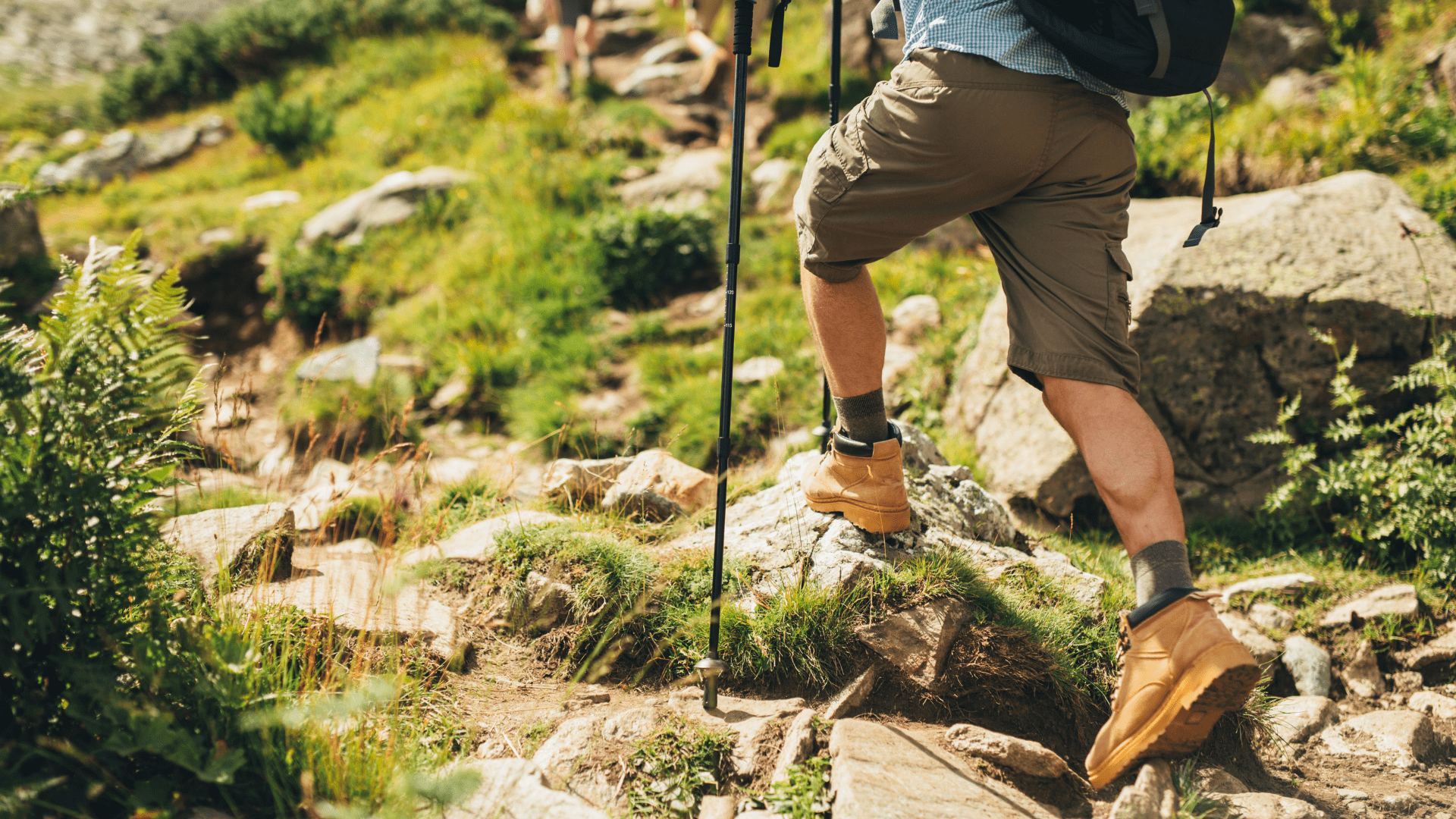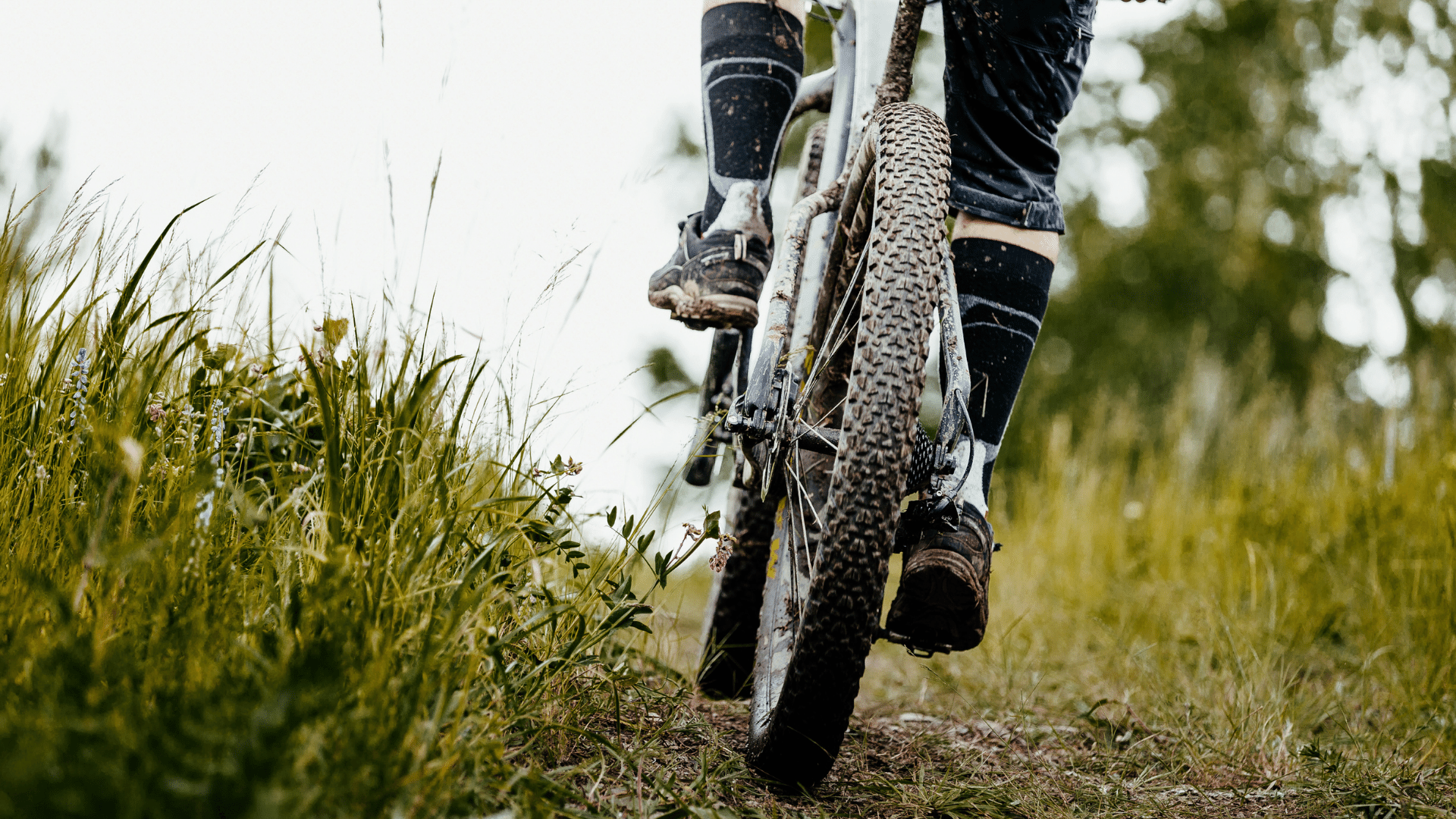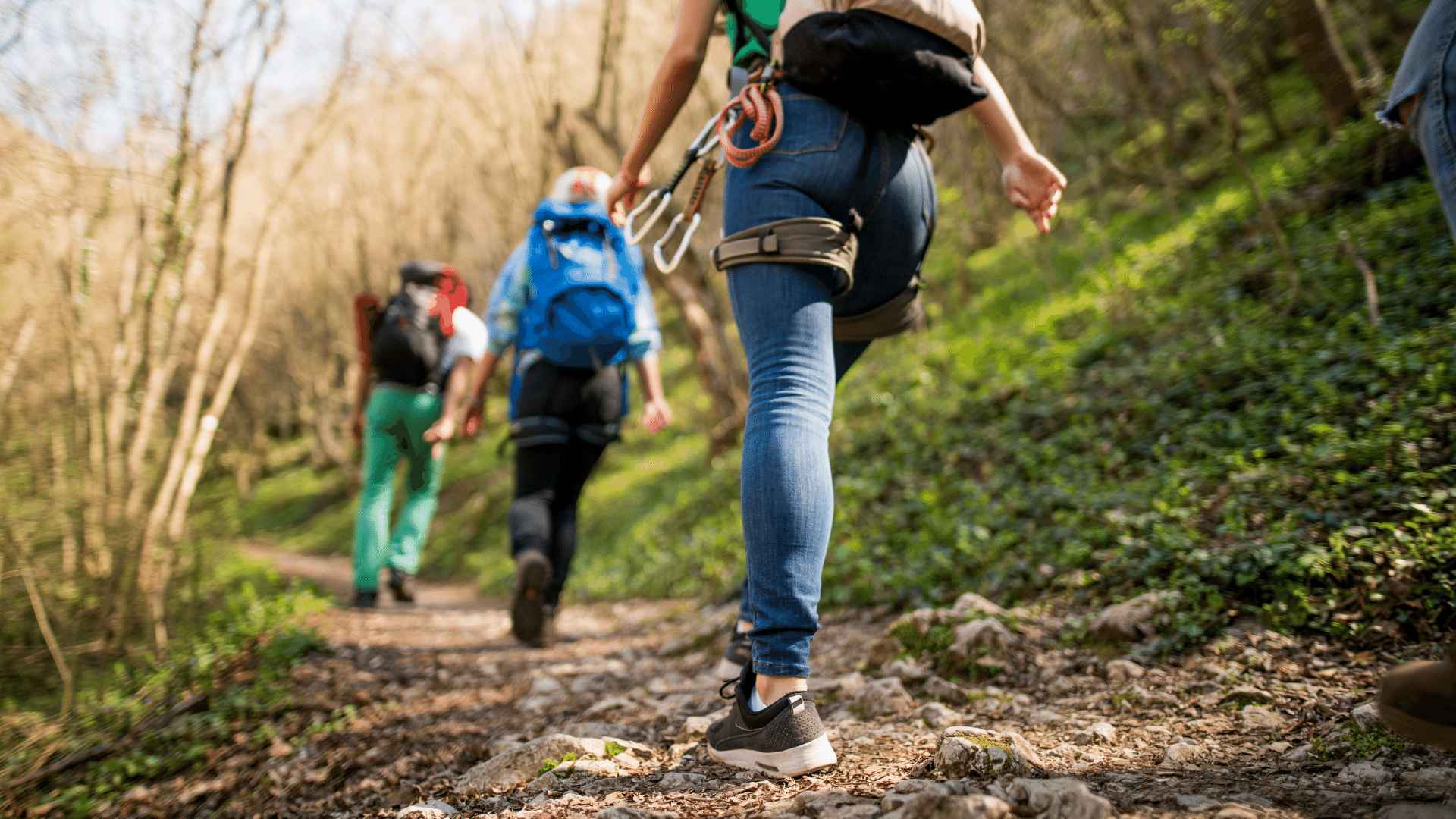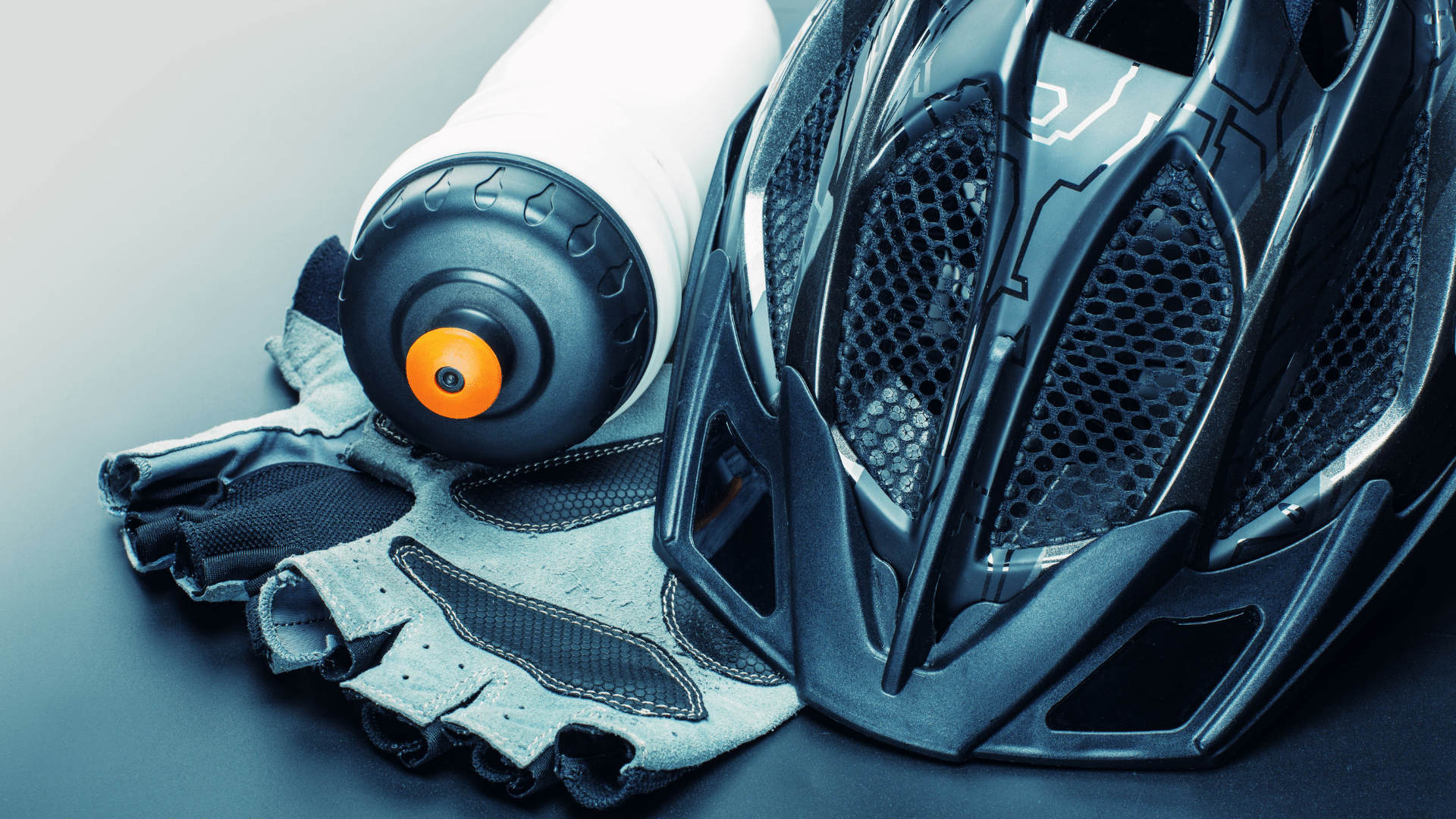One of the best ways to experience the beauty of nature is to go hiking. It's an ideal way of spending time outdoors to get some exercise, reconnect with nature, and recharge your soul.
It can be difficult to know where to begin if you are new to hiking so you might have concerns about where to go, how to be secure in the trail, and what to pack before you start the hike. Worry not now, because we will discuss all of those later on.
Hiking for Beginners
Although it can be intimidating for beginner hikers, there really isn't much to hiking. It requires no particular skills other than being able to walk and being aware of your surroundings. When you go hiking, you get to explore the splendor of the outdoors at your own pace, using only your own two feet and bringing only what you need on your back. This is actually a fantastic way to spend time in nature, workout, and even strengthen relationships with loved ones. Also, studies show that being outside has a significant positive impact on your overall health, mental state, and stress levels.
The wonderful thing about hiking is the range of it—hiking can be done on paved or dirt trails, for short or long distances and times. To run through it briefly, there are four types that you will usually hear. The most accessible type of hiking is day hiking, which consists of hikes that may be finished in a single day. The second one is backpacking, where you have to bring everything you'll need for several days in the outdoors. Third is fastpacking which is similar to backpacking, but the distances you travel are substantially greater over shorter periods of time. The last one is thru-hiking, which is backpacking a lengthy trail that has start and finish points spread out over several weeks or months.
Beginner Hiking Trails: Where to Hike in the Philippines
The most significant and difficult task you will face is figuring out where to begin with your hike planning. Selecting the trail you want to take is the first step in planning your hike. Once you know all the details of the trail conditions on your chosen trail including the distance and height, you can start preparing what you're going to bring.
The Philippines has a lot of beginner-friendly hiking routes, with mountain ranges and plenty of trails suitable for novice hikers. To give you some easy hiking trails to go to, here are 6 hiking spots to start with.
1. Mt. Tagapo – Binangonan, Rizal
If you’re looking for a trail that is relatively easy and near Metro Manila, then consider Mt. Tagapo. Also known as Mt. Susong Dalaga which derives that you can spot the peak of Tagapo resembling a young woman’s breast. With a difficulty level of 2/9, it's perfect for a beginner hiker. It is the highest point on Talim Island, rising 438 meters above sea level. The ascent is steady and easy, with some moderate sections. Moreover, majority of the trail is shaded with many bamboo trees so you won’t feel as hot and uncomfortable thoughout the trek. In average, it takes less than 2 hours to get to the summit.
2. Mt. Gulugod Baboy – Anilao, Mabini
Mt. Gulugod Baboy is a mountain that is said to resemble the spine of the pig (hence its name) and it has three summits that can be explored. This trek is rather easy and is said to have a difficulty rating of 2/9. When you reach the peaks, you can see views of the surrounding islands, the sea, and rolling hills. At the highest summit, you can see the panoramic 360-degree view of Batangas. The hike takes less than 3 hours and if you like, you can bring your camping supplies and set up a tent in the area!
3. Mt. Batulao – Nasugbu, Batangas
Mt. Batulao is another well-liked mountain hiking location in the Philippines for beginner hikers. The trail is rather easy, and there are beautiful views of the neighboring shores and mountains. It's an excellent place to introduce someone who has never gone hiking or mountain climbing because the paths are well-maintained, the terrain features gentle hills for a little adventure, and the breathtaking views will inspire even the most inexperienced hiker to love the outdoors. It has a difficulty rating of 4/9 and usually takes 3-4 hours to hike towards the summit. Plus, hikers can also go camping and do additional outdoor activities in the area.
4. Mt. Talamitam – Nasugbu, Batangas
Mt. Talamitan is considered the “younger sister” of Mt. Batulao as it has the same terrain. It got its name from the talamitam trees that once grew on its slopes, serving as a memory of the luscious greenery, natural beauty and pristine ecosystems that once existed in Talamitam. It takes about 1-2 ½ hours on the easy trail and hiking route has a difficulty level of 3/9. Because there isn’t much tree cover, it can be an exhausting hike when the sun is up.
5. Mt. Maculot – Cuenca, Batangas
Because Mt. Maculot presents a great challenge for experienced hikers while being accessible and manageable for hiking beginners, it is one of the greatest beginner-friendly trekking sites in the Philippines. Mt. Maculot is rated as having a 4/9 difficulty level overall having three paths that ascend the peak—The Rockies, Summit, and Grotto trails. The ascent to the peak, which is 957 meters above sea level, is relatively easy and can be completed in 3 hours.
6. Mt. Makiling – Laguna
Because Mt. Makiling is approximately 77 kilometers from Manila and has an amazing variety of scenery and wildlife, it is another beginner-friendly trekking location in the Philippines. Standing at a height of 645 meters, it is regarded as one of the nation's most approachable peaks. With a rate of 5/9, this trail has the highest difficulty level on the list. It takes more than 2 hours to hike.
Hiking Essentials for Beginners
- Hiking Backpack
Your main piece of equipment for hiking will be a hiking backpack. You must have a backpack big enough to hold all you need. The length of your hike will determine how big it can hold. Ultimately, the idea of the hiking gear guide here is to wear a comfortable backpack so choose the bag that will be comfortable throughout the hike.
- First-Aid Kit
First aid supplies are unarguably a good idea, both for yourself in case you get blisters or fall and injure yourself, and for other hikers you might come across who may need your assistance. Some of the items in the kit, include bandages and aspirin.
- Water Bottle and Backpacking Food
While hiking up and down mountains all day, your body uses up a lot of energy, so you need to replenish it with enough food and drink to get you through the day hike. It is most convenient to carry backpacking snacks and water in a bottle (or hydration bladder) that fits inside your hiking backpack while you go trekking.
- Multi-Tools
When you go on hikes, you should pack a multitool or a Swiss Army knife. Swiss army knives and multitools are always useful and may be used for a variety of functions in a variety of settings. Additionally, you might want to pack basic repair supplies like duct tape and cords for your equipment just in case they need fixing.
- Navigation Device
Nowadays, a GPS system is pre-installed on our cellphones but even while GPS devices are quite useful and offer a lot of information, it would be nice to still have a backup map and compass.
Hiking Tips for Your First Time
- Plan Ahead
This involves planning the length of your hike, being aware of the area's climate and weather, estimating the time it will take, and packing the necessary equipment. Before you schedule the hike, confirm that your hiking trail is accessible and in good shape. Another important thing to note is to plan on dressing appropriately--dress comfortable yet secure with hiking boots and other hiking clothing and gear, and prepare sunscreen or raincoat in case of weather conditions.
- Hydrate Properly
Don't ever dehydrate yourself. Maintaining adequate hydration guarantees that every system in your body is operating at its best. You also need to make sure your body is properly fed and hydrated for a fun and successful trek.
- Consider your Fitness Level
When you are first starting out with a hiking trip, one of the most important tips is to be honest about your current fitness and experience level. If this is your first time hiking, pick a trail that is not too difficult for you and falls comfortably within your fitness level.
- Trail Etiquette
Since some of these locations are shared, you must get familiar with and adhere to trail and hiking etiquette. This guarantees that other guests get the most out of their time spent in the outdoors. Every novice hiker should understand the Leave No Trace principles--Leave No Trace is an extremely important set of rules for everyone who wants to have fun outdoors. These are set to lessen the influence of humans in nature.







